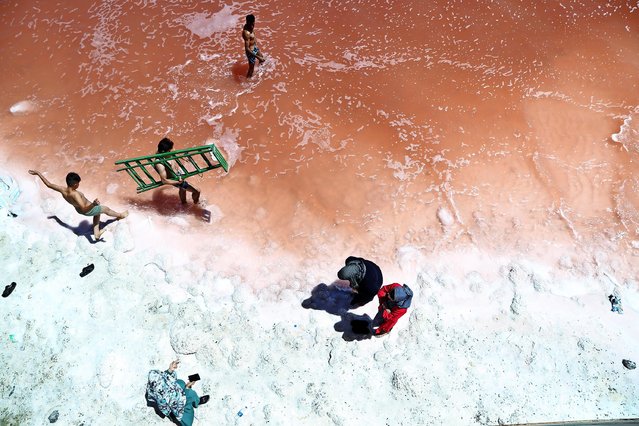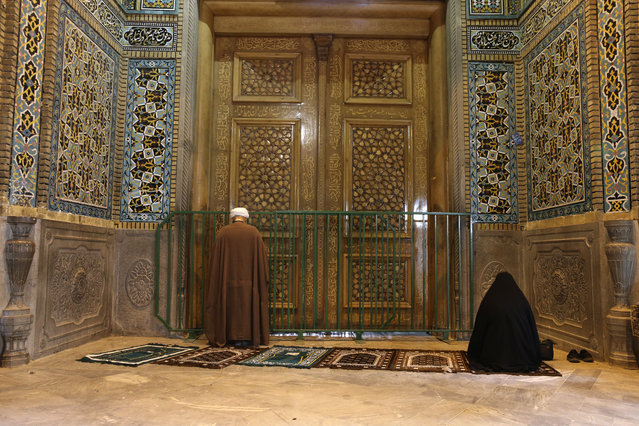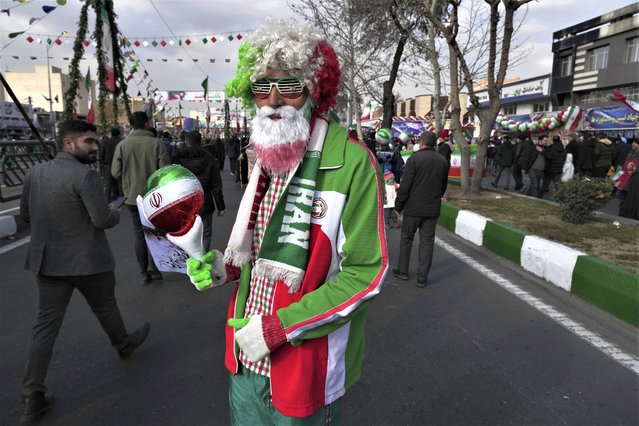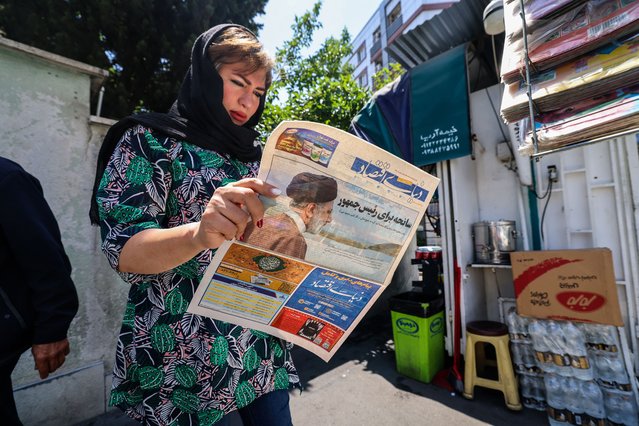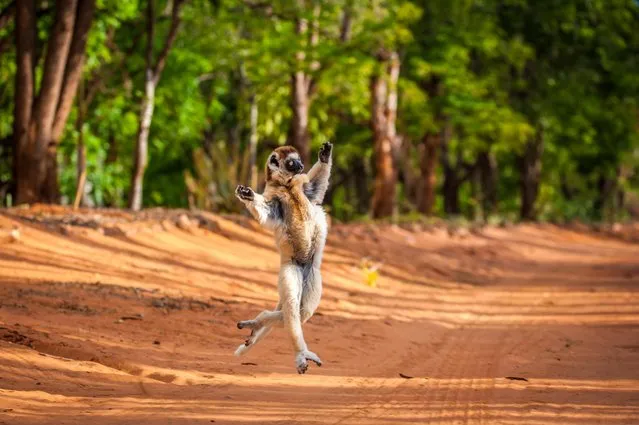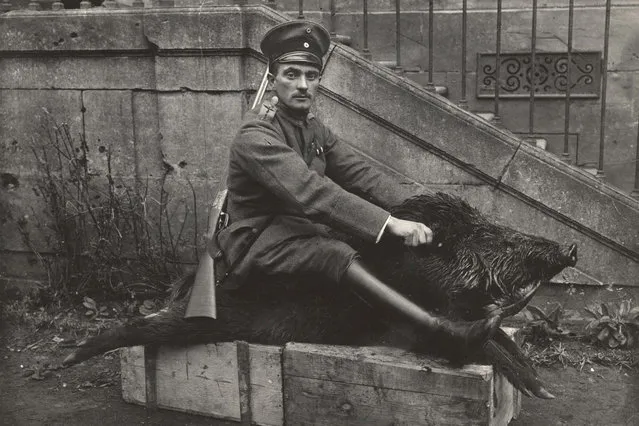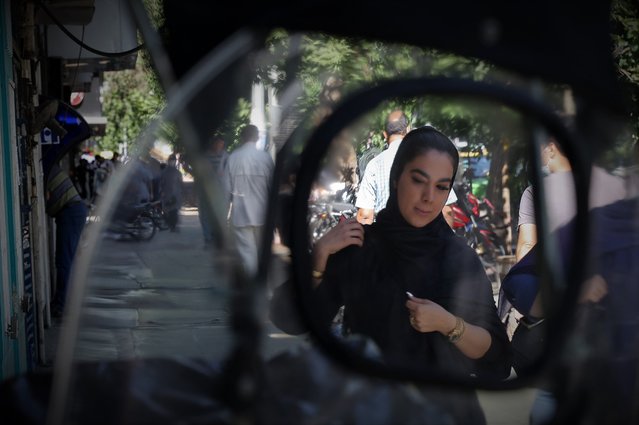
A young Iranian woman walks in Tehran on June 14, 2021, ahead of the June 18 presidential elections. Iran is gearing up for a presidential election on June 18 but many young people are more focussed on the daily struggle to survive and their dreams for the future. Jobs are scarce in a recession-hit economy battered by sanctions, a crisis exacerbated by the region's worst outbreak of the Covid pandemic. (Photo by Atta Kenare/AFP Photo)
24 Jun 2021 09:28:00,post received
0 comments

